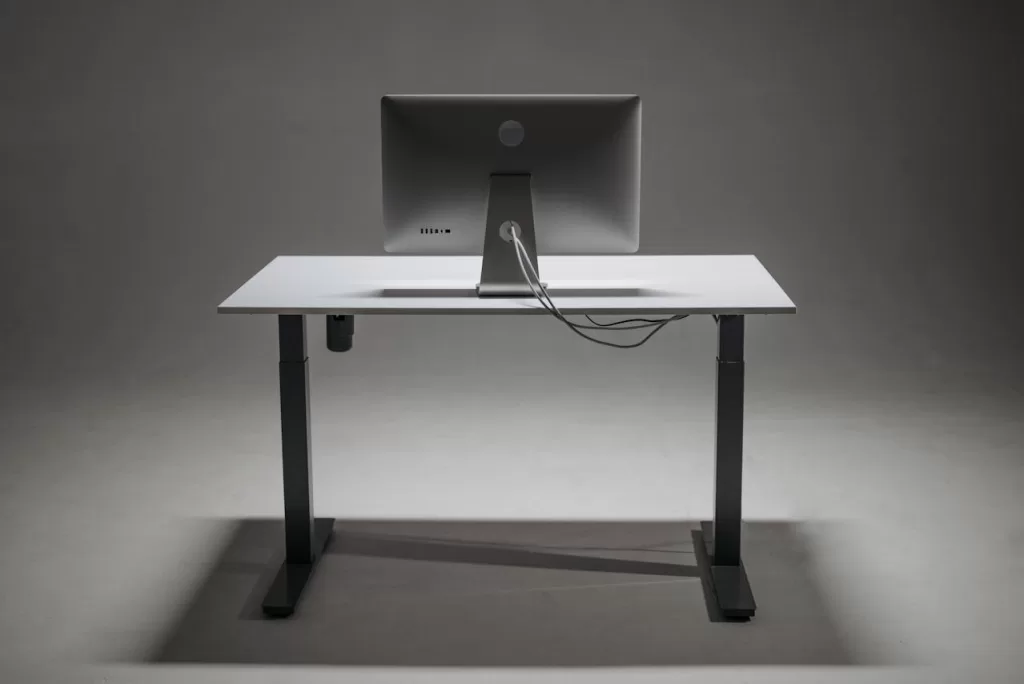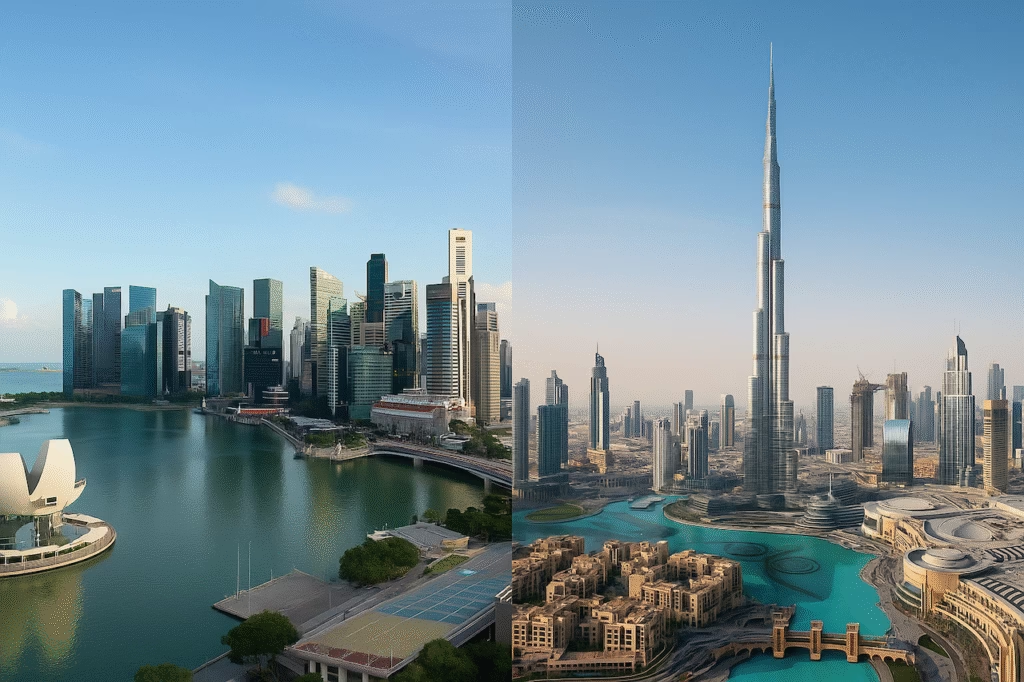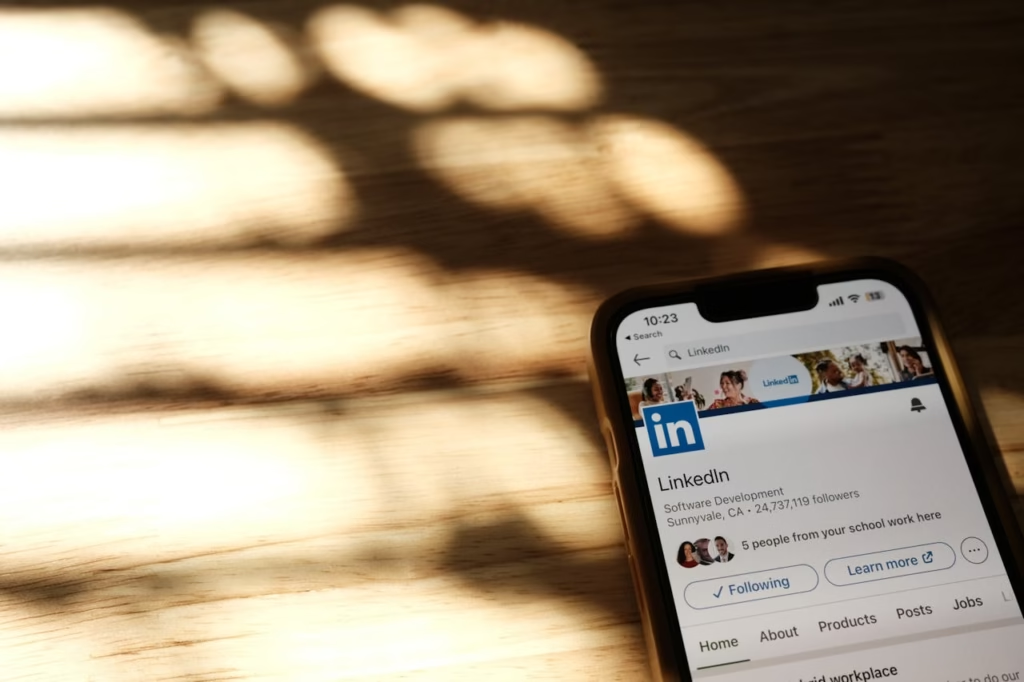When fitting out an office space, choosing the right materials is crucial for balancing durability, cost, and aesthetics. High Pressure Laminate (HPL) and Low Pressure Laminate (LPL) are two most popular choices for office furniture and surfaces, each with its unique advantages and disadvantages. This article explores these materials in terms of durability, cost, and aesthetics to help you make an informed decision.
Durability
High Pressure Laminate (HPL) is known for its exceptional durability. Created by bonding multiple layers of paper soaked in resin under high heat and pressure, HPL forms a robust, non-porous surface that resists scratches, impacts, and moisture. It can withstand heavy use and is ideal for high-traffic areas such as office desks, countertops, and reception areas. HPL is also highly resistant to chemicals and heat, making it suitable for environments where these factors are concerns.
Low Pressure Laminate (LPL), also known as Melamine, is produced by fusing a decorative paper layer to a substrate like particleboard or MDF under lower pressure and temperature than HPL. While LPL is less durable than HPL, it still offers reasonable resistance to scratches and stains. However, it is more susceptible to damage from impacts and moisture, making it less suitable for high-traffic or high-use areas. LPL works best in environments where surfaces are not subjected to intense wear and tear, such as shelving, cabinetry, and office dividers.
Cost
HPL is generally more expensive than LPL due to its enhanced durability and the complex manufacturing process involved. The cost of HPL can range from US$2 to US$5 per square foot, depending on the quality and brand. This higher upfront cost can be justified by its longer lifespan and lower maintenance needs, which can translate to cost savings over time.
LPL, being less durable and easier to manufacture, is a more cost-effective option, with prices typically ranging from US$0.50 to US$1.50 per square foot. For businesses on a tight budget or those needing to outfit a large office space quickly, LPL presents an attractive alternative. However, the potential need for more frequent replacements or repairs should be factored into the overall cost considerations.
Aesthetics
Both HPL and LPL offer a wide range of design options, including various colors, textures, and patterns that can mimic natural materials like wood and stone.
HPL tends to provide a more premium look and feel, thanks to its thicker construction and higher-quality finish. The decorative layer of HPL can incorporate more intricate designs and textures, providing a sophisticated appearance that enhances the overall aesthetic of an office space. For high-end office environments where visual appeal is paramount, HPL is often the preferred choice.
LPL, while also offering a variety of designs, may not achieve the same level of depth and realism in its patterns as HPL. However, it can still provide a clean and modern look suitable for many office settings. The lighter weight of LPL can also be an advantage in applications where the structural support for heavier materials is not feasible.
Application Examples
HPL is ideal for office desks, conference tables, and countertops where durability is crucial. For instance, a busy reception area would benefit from HPL surfaces that can withstand constant use and cleaning. Or perhaps in laboratory settings within an office, where exposure to chemicals and heat is common, HPL’s resistance to these elements makes it the obvious choice.
LPL works well for cabinetry, shelving, and partitions. In areas like break rooms or office storage, where surfaces are less likely to be subjected to heavy wear, LPL’s cost-effectiveness makes it a practical solution. Additionally, LPL can be used for office dividers or wall panels where aesthetics are needed but high durability is not a critical factor.
So choosing between HPL and LPL depends on the specific needs and budget of your office space. HPL offers superior durability and a high-end appearance, making it suitable for areas with heavy use and exposure to harsh conditions. LPL, on the other hand, provides a cost-effective solution for less demanding applications, offering good aesthetics at a fraction of the price.
By understanding the strengths and limitations of each material, you can select the most appropriate option to create a functional and appealing office environment.
![The [RE]Search Co.](https://re-search.co/wp-content/uploads/2025/02/The-RE-Search-Co-Orange_Grey-png-350x51.avif)












